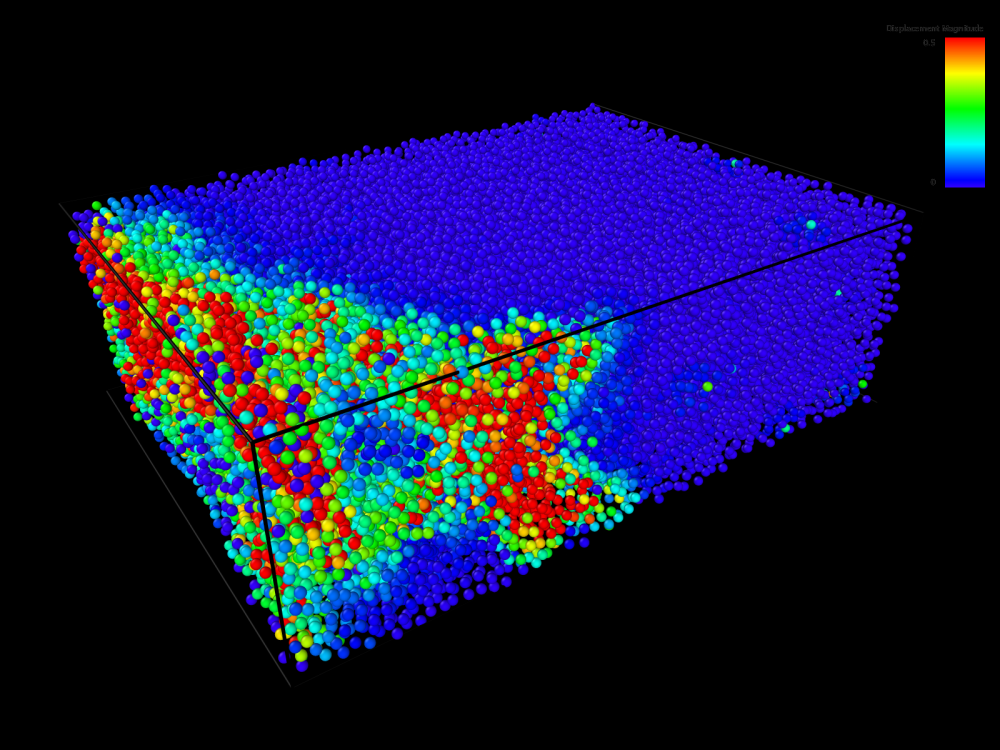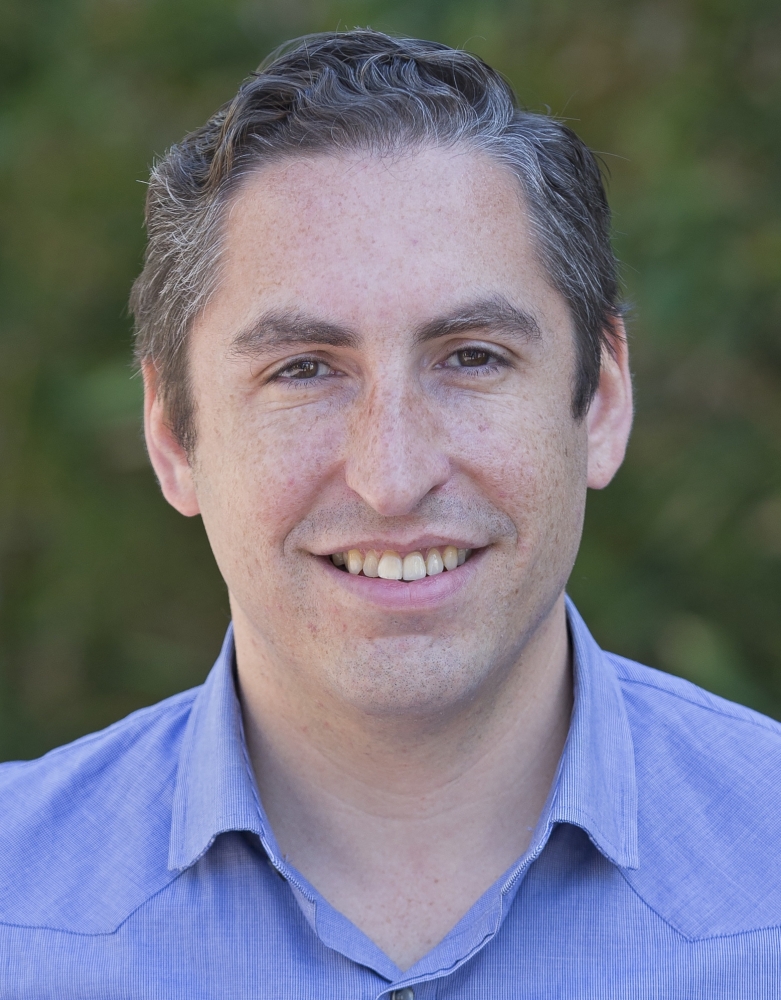
Killing It Softly

So you drop your smartphone flat on its back. What’s the worst that could happen? These days, maybe a dent.
A smartphone’s metal body is made of a crystalline material with a highly ordered arrangement of atoms. Such materials have a clear order to disrupt — with potential weak points defined by “defects” in that order — making it relatively easy to predict which atoms would change places or become rearranged to form the aforementioned dent.
The same phone’s glass screen is a different story. Made of atoms that are jammed together in no discernible order, the glass side of your device could shatter when dropped. Like many other disordered solids, glass cannot be deformed significantly before failing, and because these materials lack crystalline order, predicting which atoms will shift during failure is difficult.
In a new study published in the journal Science, UC Santa Barbara materials scientist Daniel Gianola and former colleagues at the University of Pennsylvania collaborated to understand materials failure on a fundamental level. Doing so could be key to a range of applications, from designing glasses that are more shatter-resistant to predicting geological phenomena, such as landslides. Together, they identified failure criteria shared by seemingly disparate disordered materials by looking at a wide range of disordered solids with constituent particles whose size ranged across seven orders of magnitude.
“This research is emblematic of the best kind of highly cooperative, multidisciplinary effort in which teams made up of people having vastly different perspectives combine to study a fundamental question that has a large impact,” said Gianola, an associate professor in UCSB’s Materials Department. “Such collaborations are uniquely enabled by centers such as the UCSB Materials Research Science and Engineering Center.”
The research incorporates the concept of softness — a counterpart to the defects implicated in the failure of crystalline materials. In a disordered system, softness predicts the location of defects, identifying the collection of particles most likely to change neighbors when the material fails. In this project, softness was used for the first time to establish causal links to defects and plasticity in glasses.
The researchers used machine learning to reduce hundreds of quantities, each characterizing a specific aspect of the particles’ arrangements — such as their local density or the bonding angle — to a single predictive particle-level quantity that was tied to the propensity for rearrangements. That process produced a value for the microscopic softness. And if softness is known, then the behavior of the disordered material and how likely its constituent particles are to become rearranged can be predicted.
The systems under study were then forced to rearrange as a result of being subject either to random thermal fluctuations or to different kinds of stresses, such as squeezing or stretching. The technique worked equally well in all cases, enabling the scientists to predict with high accuracy the probability that the atoms in a system would rearrange, ultimately causing failure.
Comparing properties across systems, the investigators found that the size of correlated softness was identical to the size of the rearrangements — i.e., the number of particles in motion during the lead-up to failure. Remarkably, they found that this number was nearly identical in every system they studied, regardless of the size of the particles or how they interacted.
The researchers also measured the yield strain, which describes the extent to which a solid can be deformed before it starts to yield. Observing systems whose mechanical stiffness spanned 13 orders of magnitude, they found that the yield strain was approximately the same for all disordered solids. By comparison, the yield strains for different crystalline materials can vary by several orders of magnitude.
“We have always been intrigued by the fact that metallic glasses, despite the heterogeneity of atomic positions and their lack of long-range order, show a fairly constant yield strain in stark contrast to their crystalline counterparts,” Gianola said. “We wanted to test whether this constant yield strain was a feature observed only in metallic glasses or rather was a common feature of all disordered systems, regardless of the type of bonding and size of the constituent particles.”
Knowing that when stress is applied, all the systems look the same up to and around yield, the researchers said the next step will be to study the dynamics of failure beyond the yield, at which point chaos ensues and the systems begin to look extremely different.



